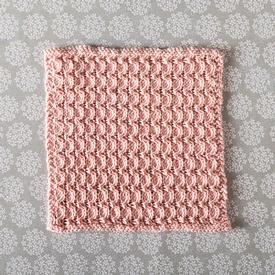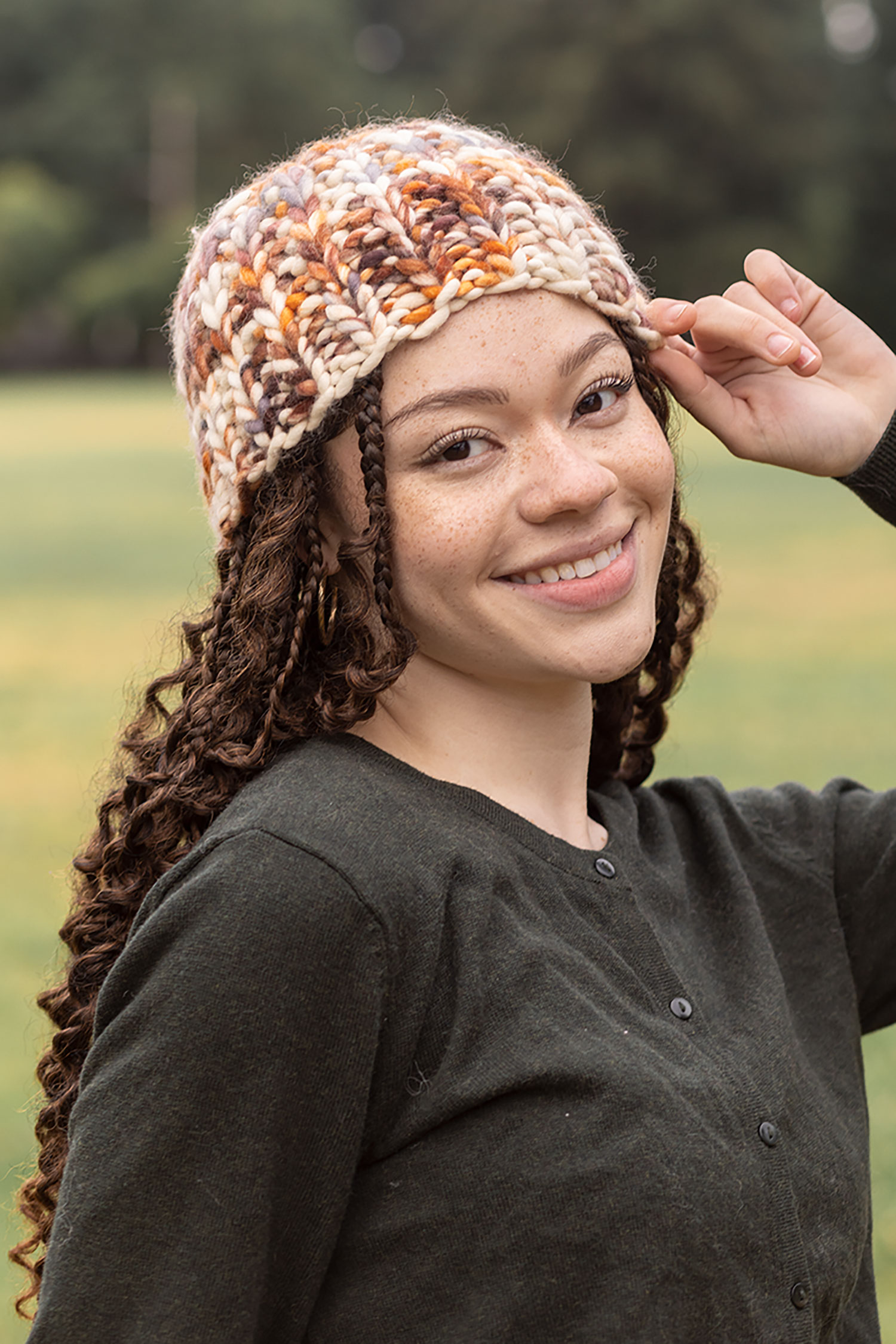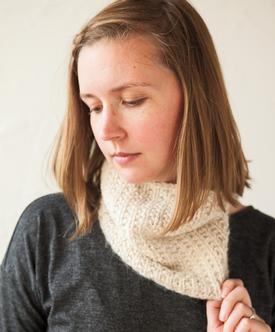11 Fun Activities for
Babies: 6 to 12 months
Help
enhance your baby's growth with these development-boosting activities.
By Ellen Sturm Niz
CareyHope/Getty Images
Your baby may be halfway (or more!)
through her first year of life, but she'll experience many
more physical, mental, and social and emotional changes before that first
birthday actually arrives. Not only is she more interested in the world around
her, she'll soon be crawling, cruising, or walking around in it. There's no stopping
her progress into toddlerhood, and with a little TLC, you can help her reach
the next stage.
"Playing and connecting with
our babies gets their brain development going," says Roni Cohen Leiderman,
Ph.D., dean of the Mailman Segal Center for Human Development at Nova
Southeastern University and co-author of Let's Play and Learn Together.
"Our love, attention, time, and touch with our baby are the most important
parts of developmental activities. Everything is underlined with parent-child
interaction."
Wondering the best ways to encourage
baby's growth? Dr. Leiderman and two other experts offer these simple but
powerful development-boosting activities.
1. PEEKABOO
Materials needed: Small toys or books, blanket
What to do: Place a toy or book under a blanket, leaving part of the
object showing. Then ask your baby, "Where is it?" and encourage him
to look for it. "Babies will usually grab it and dig under the
blanket," says Robert Myers, Ph.D., a child and adolescent psychologist,
founder of the Child Development Institute, and assistant clinical professor of
psychiatry and human behavior at the University of California, Irvine School of
Medicine. "If yours doesn't, you could remove and then replace the
blanket."
Variations: After your baby has mastered finding a partly hidden
object, move on to hiding it completely under the blanket.
Skills learned: Fine motor skill development, object permanence
2. STACKING
Materials needed: Plastic measuring cups
What to do: Take turns stacking the cups and knocking them down.
You can also have a "race," where you both stack cups at the same
time.
Skills learned: Understanding cause and effect, fine motor skills
3. PUZZLES
Materials needed: Wooden puzzles
What to do: Around her first birthday, your baby will be ready for
large wooden puzzles, Dr. Myers says. He suggests ones with colorful shapes or
pictures. "Show and tell them first how it works—you may have to guide
their hands," he says. "Clap and cheer when they are
successful."
Skills learned: Problem solving, fine motor skills, visual skills
4. READING
Materials needed: Board or cloth picture books
What to do: Regularly read books to your baby, pointing to the
pictures as you read and engaging her by changing your voice for different characters.
Invite your little one to participate by encouraging her to laugh or act
surprised by the story, touch the pictures, and turn the pages.
Skills learned: Language development, listening skills
5. CLAP WITH ME
What to do: Around 6 to 8 months of age, your child will learn to clap,
Dr. Leiderman says, so encourage her with this rhyme:
Clap, clap, one, two, three
Clap, clap, clap with me.
Clap, clap, four and five.
Clap, clap, clap, bees in hive.
Clap, clap, six, seven, eight.
Clap, clap, clap, you are great.
Clap, clap, nine and ten.
Clap, clap, let's do it again.
Skills learned: Imitation, rhyming
6. RHYME TIME
What to do: Sing songs with real or made-up words that rhyme, like
"thump, thump, thump, bump, bump, bump, jump, jump, jump." You might
feel a little silly, but all that rhyming is another way to boost your baby's
language development. "Like touch, talking with your baby is like food for
their bodies and their minds," Dr. Leiderman explains. "A child's
receptive understanding of language starts long before their expressive
language, so we want to use as many opportunities as possible to drench them in
language."
Skills learned: Develops auditory discrimination
7. SHAKE THE BOTTLE
Materials needed: Empty 16-ounce bottle, colored rice or pasta
What to do: Fill the bottle with the rice or pasta, and glue the
top back on so your baby can safely watch and hear what happens as he shakes,
rattles, and rolls the container. "A bottle doesn't usually make this
noise," says Dr. Leiderman, "so now they are hearing new and novel
things, which brings an element of surprise. Babies this age are also learning
so much about cause and effect, which is an exciting new skill."
Skills learned: Fine motor skills, auditory discrimination, cause and
effect
8. DISAPPEARING CHEERIO
Materials needed: Cheerios, opaque plastic cups
What to do: Create your own version
of the old-fashioned shell game by hiding a Cheerio under a cup and seeing if
your baby can find it. This simple activity reinforces object permanence, a
major concept.
Variations: Using two different-colored cups, put the Cheerio under one
cup and move it around to see if she can remember which one was the hiding
place. After she has found the Cheerio under the first cup, show her you are
now putting it under the second cup and see if she remembers that the Cheerio
has moved.
Skills learned: Attention skills, memory development, object
permanence
9. LIGHT SHOW
Materials needed: Colored plastic containers, mini flashlights
What to do: Turn on some mini flashlights, and drop them into
empty water bottles, Tupperware, or any colored, lidded containers. Place your
baby in tummy time in a dark room and let him explore the colorful lighted
containers on the floor in front of him. "The harsh light of the LEDs will
be diffused for little peepers, while any loose or removable parts will be
safely away from baby's mouth," says Rachel Coley, an occupational
therapist, author of Begin With a Blanket: Creative Play for Infants, and
founder of CanDoKiddo.com.
"Closely supervise as your little one grasps and turns, bangs and rolls
the containers."
Variations: Take a flashlight out of a container, place your baby on her
back and simply move the light slowly on a dark wall. "Pause on objects
and talk to or with your child about what she's seeing," Coley adds.
Skills learned: Visual sensory stimulation, eye movement skills,
sustained attention, socialization, bonding, body movement
10. BAGGY FINGERPAINTING
Materials needed: Washable finger paint, a gallon-size zippered freezer bag,
tape
What to do: Squeeze a couple of dark colors of washable finger
paint into a zippered baggy and seal tightly. Add duct tape for extra security.
Spread the paint around to coat the inside of the bag, then place it on the
floor in front of your baby during tummy time. Show him how to make marks on
the outside of the bag with his hand or finger. "To preserve your little
one's artwork, simply cut the edges off the bag and then peel off the top of
the artwork, and lay flat to dry," Coley says.
Variations: Have an independent sitter? Try this activity in a
high chair.
Skills learned: Sensory development, fine motor skills, understanding
cause and effect, early writing skills
11. CONTAINER PLAY
Materials needed: Small toys, container
What to do: Place a few toys in a container with an opening a bit
bigger than balls or pegs, plastic links, or other smaller items. Hand the
container to your baby, who will probably turn it over and over, causing some
toys to tumble out. "Eventually, your baby will realize that something is
rattling around inside and that toys seem to be falling out of it, so she will
start shaking, banging, and reaching inside the container," Coley says.
Reload the container periodically until your kiddo figures out how to do it on
her own.
Variations: Once she's gotten good at putting items in the
container, you can extend the activity by choosing a narrow-mouthed container
and longer toys, like rectangular blocks, pegs, and plastic spoons. "Your baby
will learn through trial and error that she has to turn the objects to fit them
into containers," she adds.
Skills learned: Object manipulation and orientation skills
I did not write this article. To see original article and others like it please visit https://www.parents.com/baby/development/growth/11-fun-activities-for-babies-6-to-12-months/





